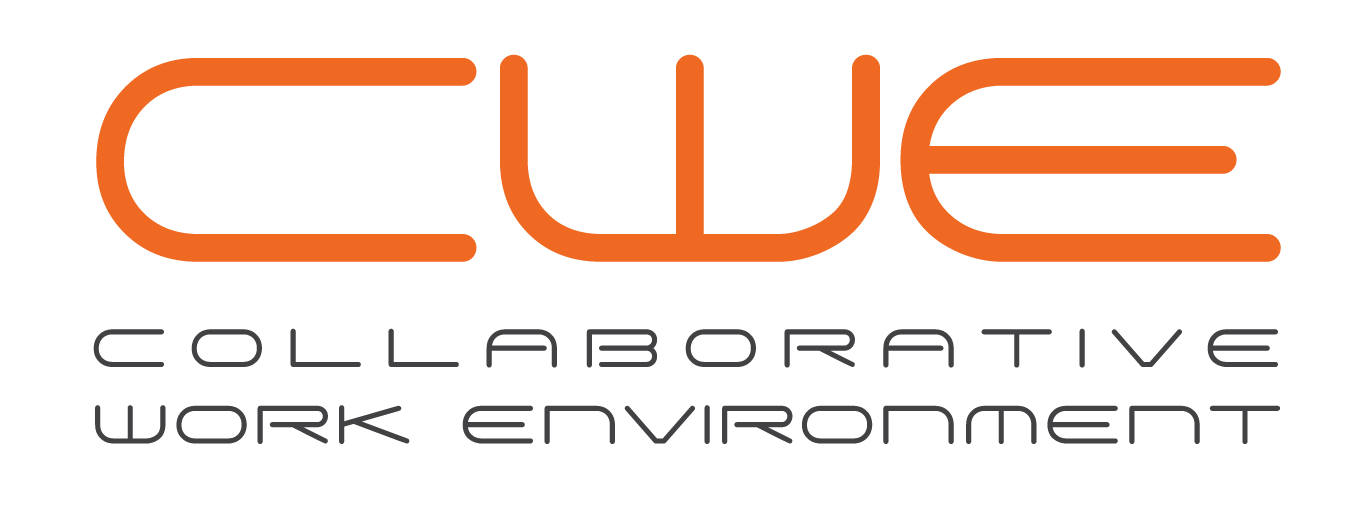In today’s fast-paced and ever-changing business landscape, strategic planning and forecasting are crucial for the success of any organization. These processes allow you to identify potential issues and trends, while also ensuring that your organizational priorities are aligned to meet your long-term goals. In this blog, we will explore the importance of strategic planning and forecasting, the key issues and trends to watch for, and how to ensure that your organization’s priorities are in sync with its strategic direction.
The Significance of Strategic Planning and Forecasting
Strategic planning is the process of defining an organization’s long-term objectives and creating a roadmap to achieve them. It involves assessing the current state of the organization, setting clear goals, and determining the actions and resources required to reach those goals. Forecasting, on the other hand, involves using historical data, market analysis, and other relevant information to predict future trends and events. When used in conjunction, strategic planning and forecasting provide a powerful framework for guiding an organization’s decision-making.
Here are some key reasons why strategic planning and forecasting are vital:
Mitigating Risk: Strategic planning and forecasting help organizations anticipate potential challenges and market fluctuations, allowing them to develop risk mitigation strategies.
Resource Allocation: By aligning your organization’s priorities with your strategic plan, you can allocate resources more efficiently, ensuring that you invest in areas that will yield the highest returns.
Adaptability: In a dynamic environment, staying adaptable is essential. Strategic planning and forecasting enable organizations to adjust their strategies as new trends and opportunities arise.
Communication: These processes help in communicating the company’s vision and goals to all stakeholders, ensuring that everyone is on the same page.
Identifying Issues and Trends
To ensure that your strategic plan remains relevant and effective, it is essential to keep an eye on emerging issues and trends. Here are some strategies for identifying them:
Environmental Scanning: Regularly monitor your business environment, including competitors, customers, and regulatory changes. Keep an eye on industry publications, news sources, and market research reports to identify emerging trends and potential threats.
SWOT Analysis: Conduct a SWOT analysis (Strengths, Weaknesses, Opportunities, and Threats) to evaluate your organization’s internal and external factors. This analysis can help pinpoint issues and opportunities.
Data Analytics: Leverage data analytics tools to mine insights from your own data. This can uncover trends within your customer base, sales patterns, and more.
Feedback Loops: Encourage feedback from employees, customers, and partners. Their perspectives can highlight issues you might not have noticed.
Scenario Planning: Create scenarios for different potential future outcomes. This exercise can help you prepare for a variety of situations, not just the most likely one.
Aligning Organizational Priorities
Once you have identified key issues and trends, the next step is to ensure that your organizational priorities align with your strategic plan. Here’s how you can achieve this alignment:
Review and Adjust: Regularly review your strategic plan and adjust based on emerging issues and trends. Be prepared to pivot when necessary.
Clear Communication: Ensure that all members of your organization understand the strategic plan and how their work aligns with its goals. Transparency is key.
Performance Metrics: Develop key performance indicators (KPIs) that are directly tied to your strategic objectives. This will help you track progress and ensure that your priorities are being met.
Resource Allocation: Allocate resources, such as budget and personnel, in alignment with your strategic priorities. Ensure that the areas critical to your plan receive the necessary support.
Leadership Involvement: Engage your leadership team in the strategic planning process and in monitoring its execution. Their commitment and involvement are critical to maintaining alignment.
Continuous Evaluation: Periodically evaluate your organizational priorities considering changing circumstances and adjust them as needed. The business environment is constantly evolving, so your strategic plan should too.
In conclusion, strategic planning and forecasting are not one-time exercises but ongoing processes that are essential for the long-term success of any organization. By regularly identifying issues and trends and ensuring that your organizational priorities are aligned with your strategic direction, you can adapt to changing circumstances, seize new opportunities, and navigate challenges effectively. These practices will provide your organization with the agility and resilience it needs to thrive in today’s dynamic business world.
Looking to get started or just want a fresh, unbiased perspective? This is where CWE Advisory Services come in. CWE Advisory Services help our clients achieve their goals and objectives. We simplify the process by clearly understanding the current need and providing the resources required to achieve the end goal. We provide focus and visibility to your processes and systems in measured ways. Click below to set up a quick 15 minute conversation and learn more or visit our website the advisory services section of our website for more detailed information.



Comments are closed